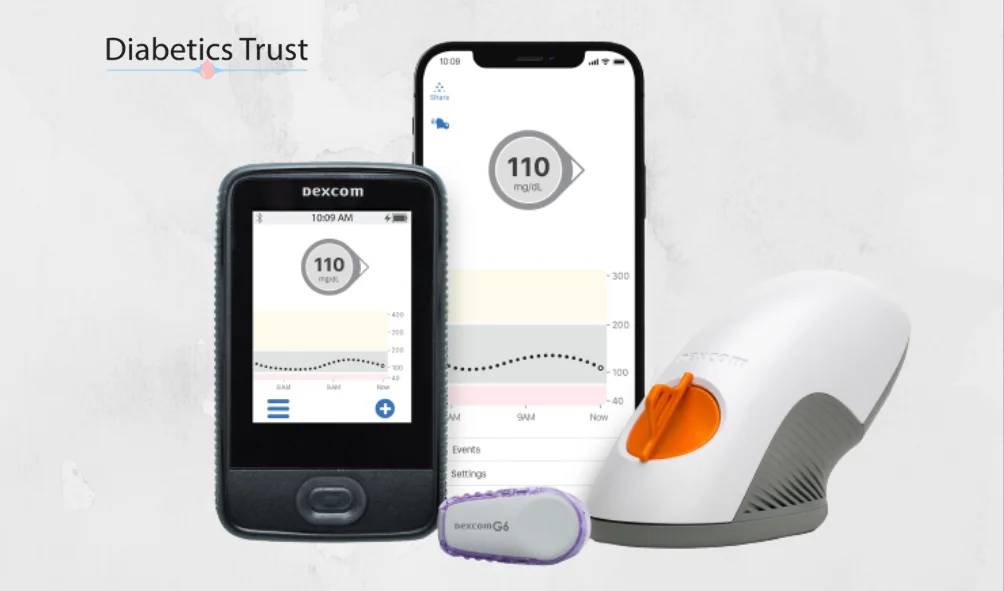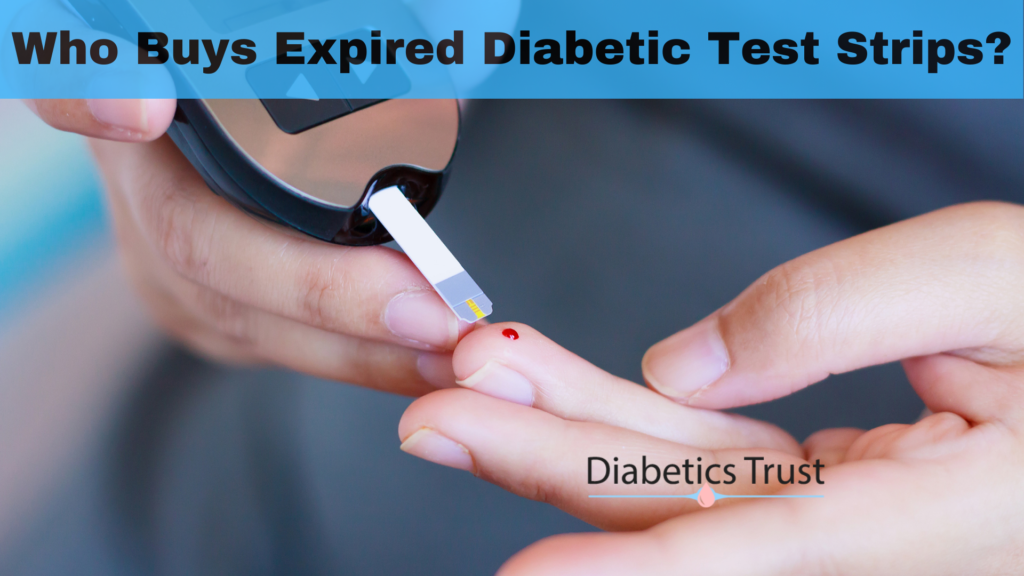Living with diabetes often involves frequent finger pricks to monitor blood sugar levels. However, advancements in technology have paved the way for non-invasive blood sugar monitors, which offer an alternative to the discomfort and inconvenience of finger prick testing.
In this blog post, we’ll discuss the world of non-invasive blood sugar monitors, exploring their potential to revolutionize diabetes management. By providing accurate and reliable information, we aim to empower individuals with diabetes to make informed decisions about their blood sugar monitoring methods.
Traditional Finger Prick Blood Sugar Monitoring:
For years, individuals with diabetes have relied on finger prick testing to monitor their blood sugar levels. While effective, this method can be uncomfortable, time-consuming, and inconvenient. Regular finger pricks can also cause anxiety and discomfort, impacting the overall quality of life for individuals with diabetes.
The Emergence of Non-Invasive Blood Sugar Monitors:
Non-invasive blood sugar monitors have emerged as a promising alternative to traditional finger prick testing. These devices utilize advanced technology to measure blood sugar levels without the need for invasive procedures.
They offer the potential to transform diabetes management by reducing pain, increasing compliance, and improving overall well-being for individuals with diabetes.
Non-Invasive Blood Sugar Monitoring Technologies
Several non-invasive blood sugar monitoring technologies have gained recognition in recent years. Two notable approaches include optical sensors and continuous glucose monitoring (CGM) systems.
Optical sensors use light-based technology to measure glucose levels through the skin. These devices analyze the reflection or absorption of light to estimate blood sugar levels, eliminating the need for finger pricks.
CGM systems involve the insertion of a small sensor under the skin, which continuously monitors glucose levels throughout the day. This method provides real-time data and alerts for better glucose management.
Benefits and Limitations of Non-Invasive Blood Sugar Monitoring:
Non-invasive blood sugar monitoring offers a range of potential benefits. These include:
Convenience: Non-invasive monitors provide a more convenient and less intrusive way to monitor blood sugar levels, allowing individuals to manage their diabetes discreetly and efficiently.
Increased Compliance: The reduction in pain and discomfort associated with non-invasive monitors may lead to increased compliance with blood sugar monitoring regimens.
Enhanced Data Collection: Some non-invasive monitors provide continuous glucose data, enabling individuals to gain insights into their glucose trends and make more informed decisions about their diabetes management.
However, it’s important to consider the limitations and challenges of non-invasive blood sugar monitoring. Factors such as cost, accuracy, and individual response variability can impact the effectiveness of these devices.
Promising Non-Invasive Blood Sugar Monitor Options
Several non-invasive blood sugar monitors have shown promise in terms of accuracy and usability. Some notable options include:
Optical Sensor-Based Monitors: Brands like Abbott’s FreeStyle Libre and Dexcom’s G6 have gained recognition for their accuracy and convenience.
CGM Systems: Devices such as Medtronic’s Guardian Connect and Senseonics’ Eversense offer continuous glucose monitoring without finger pricks.
It’s important to research and explore these options further, considering factors like compatibility, cost, and individual needs.

Considerations and Future Outlook:
When considering non-invasive blood sugar monitors, it’s essential to consult healthcare professionals for personalized advice. Factors to consider include:
Cost and Insurance Coverage: Non-invasive monitors may have associated costs, and insurance coverage varies. It’s important to review your insurance policy or discuss potential coverage options with your provider.
Individual Needs and Preferences: Consider your specific diabetes management needs, lifestyle, and comfort level with different monitoring methods.
It’s also worth noting that ongoing research and advancements in non-invasive blood sugar monitoring technology continue to expand the possibilities. Future developments may further enhance accuracy and usability, providing individuals with even more choices for effective diabetes management.
Patient Experiences
Hearing from individuals who have used non-invasive blood sugar monitors can provide valuable insights. Many individuals report increased satisfaction, improved convenience, and enhanced diabetes management with these innovative devices.
Conclusion:
Non-invasive blood sugar monitors offer a promising alternative to traditional finger prick testing, providing individuals with diabetes a more convenient and comfortable way to monitor their blood sugar levels.
While these devices present exciting possibilities, it’s crucial to consider their benefits, limitations, and individual needs.
By staying informed about the latest technologies, seeking professional advice, and exploring patient experiences, individuals with diabetes can make empowered choices to effectively manage their blood sugar levels.
Non-invasive blood sugar monitors may just be the game-changer that transforms diabetes management and improves the overall well-being of individuals with diabetes.
Frequently Asked Questions:
To address common questions and concerns, here are answers to a few frequently asked questions about non-invasive blood sugar monitors:
Are non-invasive blood sugar monitors as accurate as traditional finger prick testing?
Accuracy can vary among different non-invasive devices. It’s important to research and chooses reputable brands that have demonstrated reliability and accuracy in clinical studies.
Are non-invasive blood sugar monitors covered by insurance?
Insurance coverage for non-invasive blood sugar monitors varies. Review your insurance policy or consult your insurance provider to determine coverage options.





